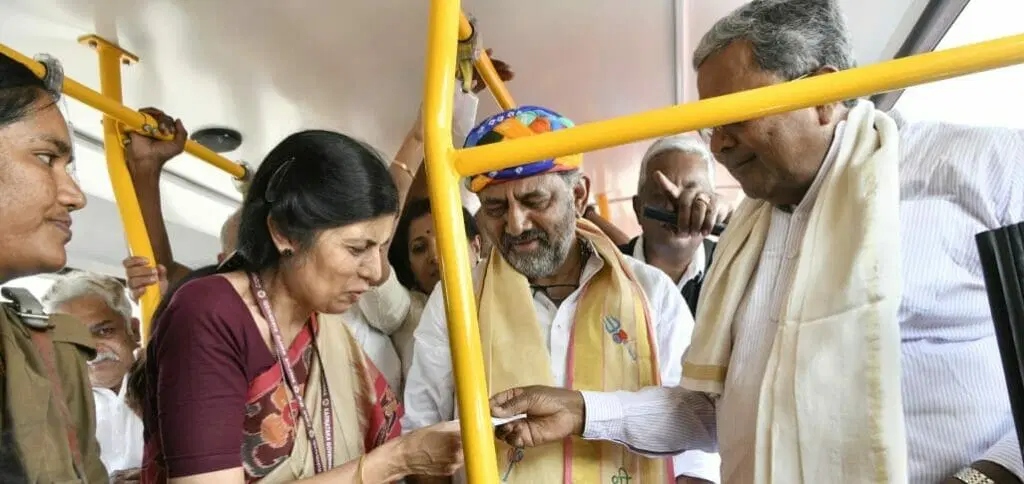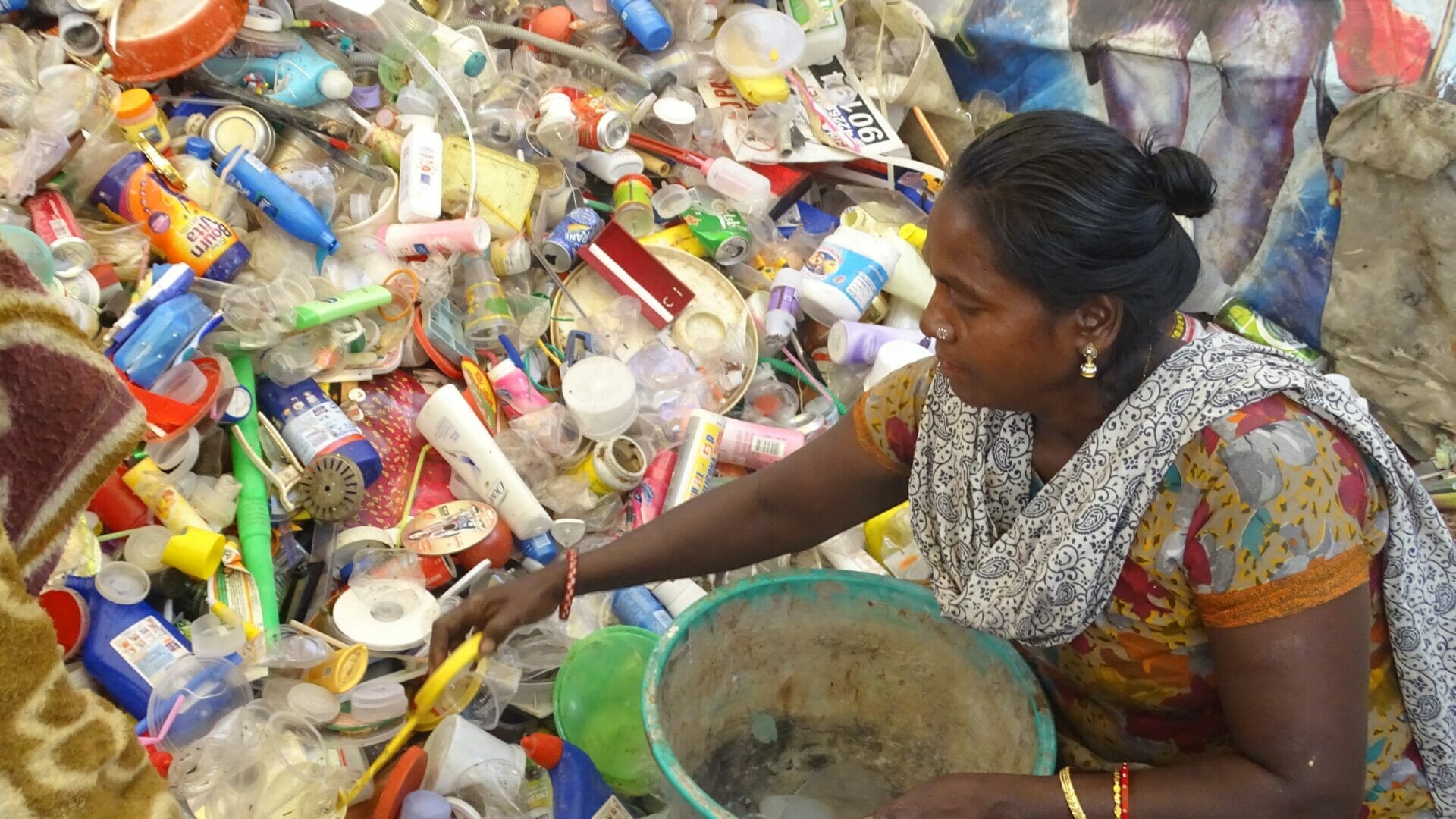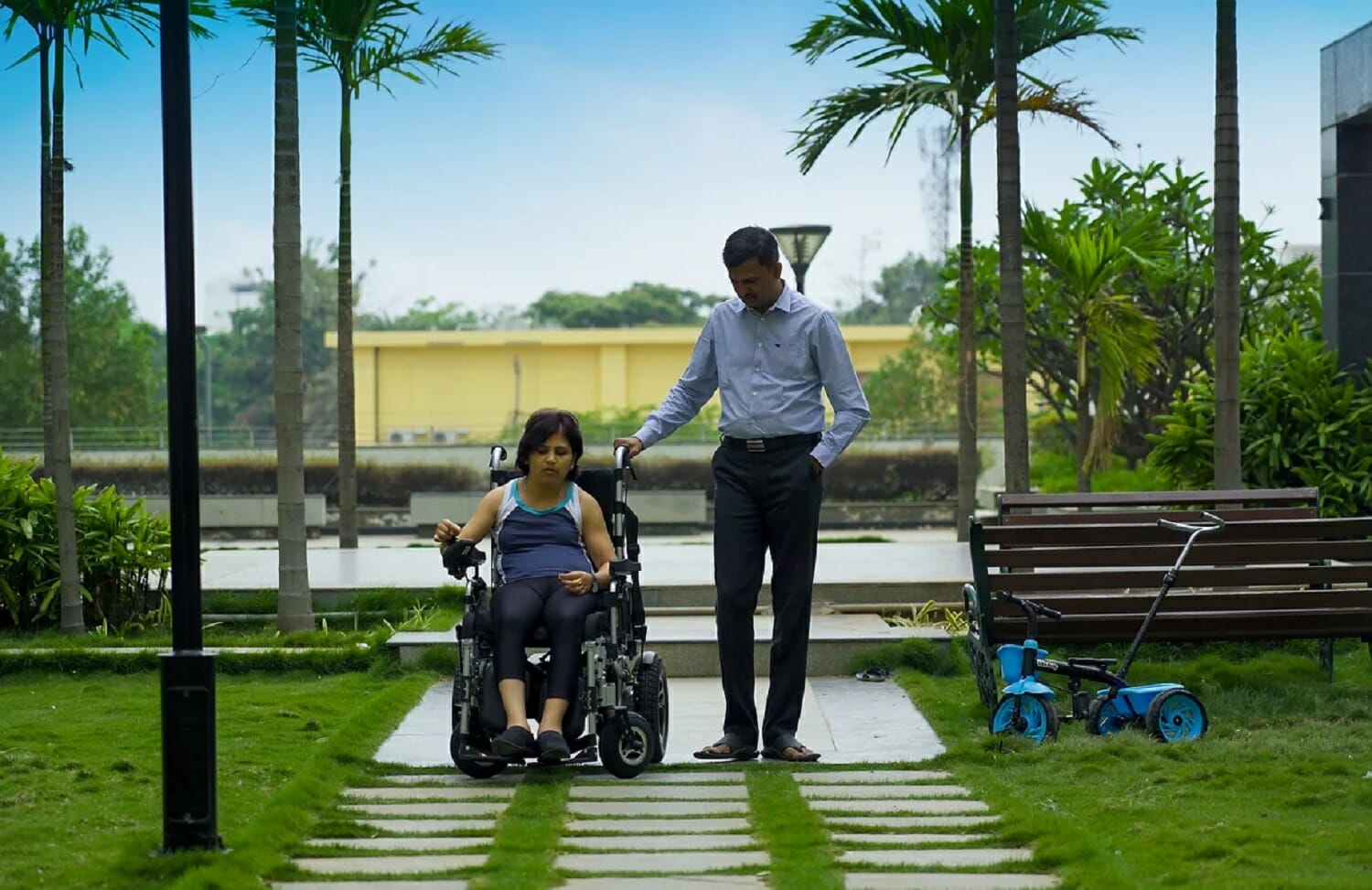The Rajasthan Right to Health Care Act (the RRTH Act) passed by the legislative assembly of the state of Rajasthan on March 21st this year, draws our attention to the quintessential issue of patients’ rights in healthcare. In the doctor-centric health care system in India, patient rights seldom feature in public debate, are rarely considered integral to realising our citizenship, and are not legally defined. Yet, patient rights form a very significant component of citizens’ fundamental right to health care.
The Right to Health Care Act is framed with the objective of ensuring health for all, and also conversely, that healthcare is never denied to any citizen. It proposes to legally define collective and individual rights in health care, constitute state and district authorities, and institute grievance redressal and social accountability mechanisms.
In a calibrated move, the Act also details the rights of doctors and health care providers, while laying down the duties, both of doctors as well as of the government.
Key provisions of the RRTH Act
- Collective and individual rights and duties of residents (citizen is indicated as resident referring to whoever resides in the state of Rajasthan), and rights and duties of health care providers (Ch.II)
- Obligation of the government (e.g. to provide adequate financial resources, Ch.III)
- Constitution of health authorities at the state and district level, and their duties and powers
- Grievance redressal and social accountability mechanisms (Ch.VI)
- Penalties and procedures – punishments and appeals (Ch.VI)
However, this very significant citizen rights issue is drowned in the contestations raised by doctors about the legislation. The RRTH Act needs to be viewed from the compelling need for institutionalised mechanisms to protect citizen’s right to health care. This is especially important in the contemporary context of how health care services are organised.
Paradigm shift in doctor-patient relationship
The Hippocratic oath, dating back to the fifth century BCE, provides a historical and ethical lens to understand the doctor–patient relationship. Every graduating medical student takes the modified version of this oath even today. In essence, the pledge reiterates the sacred duty of a physician to alleviate suffering and to keep patients’ interests above all else.
However, in the 20th century, as the industrialisation of medicine grew stronger, the doctor-patient relationship moved beyond the ethical-moral boundaries. In the book Social Transformation of American Medicine [Basic Books, USA, 1982], Paul Starr carefully traces the history of this transition of medicine — from caregiving in a personalised-sacred domain to the lucrative corporate business.
In India, as the health care system grew as an ‘industry’, the physicians who had the ethical mandate to be the vanguards of patient rights, attained the status of professional healthcare service providers or super-specialists in large institutions. The institutions themselves were often organised as large corporate business entities. In this process we witness a paradigm shift from an ethics based ‘patient-doctor’ relationship to a ‘client-consultant’ transaction of a professional service.
Read more: Opinion: How ‘privatisation’ and ‘PPP models’ have left Indians to die
With the seemingly irreversible transition from individual to a corporate- institutional model of allopathic medicine, the vulnerability of the patient has seen an exponential upsurge. Therefore, the emphasis on a policy-based, institutionalised mode of protecting patients’ rights has become imperative as demanded by citizens globally.
Legalisation of patients’ rights has emerged as the key pathway in Latin American countries. From the patient’s point of view, therefore, the RRTH Act fulfils the historical void that existed in safeguarding patient rights in India.
Patient rights in the Act
In the most diminutive sense, ‘patient rights’ could be construed as guaranteeing a set of entitlements for those receiving medical care. Based on the medical code of ethics, in some countries, such as the United States of America, for example, the American Medical Association, itself has provided a charter of patient rights. However, in India, even the first step towards regulation, that is codifying patient rights, has been an insurmountable challenge.
As it stands today, an aggrieved patient has only the option of resorting to the professional medical councils on the grounds of professional negligence/misconduct, or a consumer forum (a quasi-judicial body) to register their grievance of medical negligence, especially in the case of a paid medical service. In some limited instances, they may take the matter to a civil court. However, the onus of proving and bearing the litigation costs weighs heavily on the patient.
In India, very few patients have tasted any success pursuing these mechanisms, as it is practically impossible to garner proof or fight a prolonged legal battle through the judicial pyramid.
In the first historical move in 2018, the National Human Rights Commission (NHRC), based on a consistent jurisprudence codified 17 patient rights into a Charter of Patients. These include, inter alia, the right to [patient] records, emergency medical care, informed consent, second opinion, and right to be heard and seek redressal. The RRTH Act has expanded this basket to 20 rights. It delineates steps and mechanisms to protect patient rights that include, among others:
(a) time-bound commitments of the government,
(b) social audit and grievance redressal mechanisms,
(c) strengthening and streamlining the health system,
(d) notifying standards for quality and safety
It also calls for the government’s commitment to supplement these with adequate financial resources.

Pic: Pramod Pushkarna
Realisation of rights of patients
If this legislation is enforced in true intent, some of the barriers or constraints that patients face today would be removed or eased because of the following provisions:
- Free outpatient care: This includes consultations, medicines and diagnostics-related expenditure, wholly excluded from any insurance schemes, and often is the prime source of out-of-pocket expenditure for patients.
- Right to emergency care: Emergency transport and emergency care to be available to residents in all public health care institutions, and this includes private medical establishments as well. This implies that no citizen can be denied emergency health care in any institution.
- Free care at private or charitable hospitals established through government concessions [for proportionate number of patients]
- Right to records: Availing these records, and that too on time, was a stiff challenge in the absence of legislation when required for a second opinion, for filing complaints or as required for various claims.
- Right to quality of care: Standards for the quality of care that will be defined as part of this Act empower citizens to understand treatment protocols and procedures. Such standards were not mandated by law so far.
- Right to grievance redressal: The singular cause of patients’ distress so far anywhere in India has been the absence of simpler grievance redressal mechanisms. Grievance redressal mechanisms are now available to the aggrieved patients in the form of ‘in-house complaints forum’ and involving health authorities. This will enable easy access for patients to file their grievances.
Patients have historically faced hurdles in accessing consumer fora, medical councils and the courts, which were the only available avenues. But now they are likely to have better chances of being heard, with prescriptions for time-bound resolution of issues and appeals to the respective health authorities.
Unlike some of the aspirational legislations such as Mental Health Care Act 2017 where the government is not legally bound to any commitments, the RRTH Act places a legal obligation upon the government to provide sufficient financial resources for the above.

In addition, the government must establish grievance redressal and social audit mechanisms within six months. These legal commitments indicate the government’s seriousness and bring a ray of hope for patient rights.
Legislation — the constitutional fulcrum of patient rights
There are several Supreme Court pronouncements in the form of judgements, observations, suo-motu cognisance of health mishaps that lay down emphatically that health care is a fundamental right.
Pandit Parmanand Katara vs Union of India & others (1989), Paschim Banga Khet Mazdoor Samity vs. State of West Bengal and Another (1996) have laid down a sound jurisprudence and have reiterated some of the rights of patients. However, the RRTH Act becomes the prime mover of this jurisprudence in terms of legislating and providing the legal force to some of these aspirations favouring the patient. The Rajasthan government’s move is thus a precursor to legalise and protect patients rights in India.
The debate around the legislation has also questioned the need for legislation when there are already a plethora of schemes to aid the patients. While the schemes have beneficial intent in a welfare state, they lack accountability for implementation on the one hand, and these are devoid of any rights to patients on the other. They function as beneficial acts of the state and treat the patient as beneficiary, but not as a citizen empowered with rights.
As the chief minister of Rajasthan has acknowledged, despite schemes guaranteeing services, the hospitals never stopped finding ways to charge patients unduly and exorbitantly, thus defeating the very purpose of these schemes.
It is, of course, important that the state addresses the fears and anxieties of health care providers. Doctors and patients both can be best protected, if doctors show ethical sensitivity to the calling of their profession, which they swear to by the Hippocratic oath. Accepting the legitimacy of constitutionalising patient’s rights in a larger democratic ethos will not only protect patients’ rights but will also fulfil the ethical mandate of the medical profession, viz. providing ethical health care and promoting patients’ welfare.









